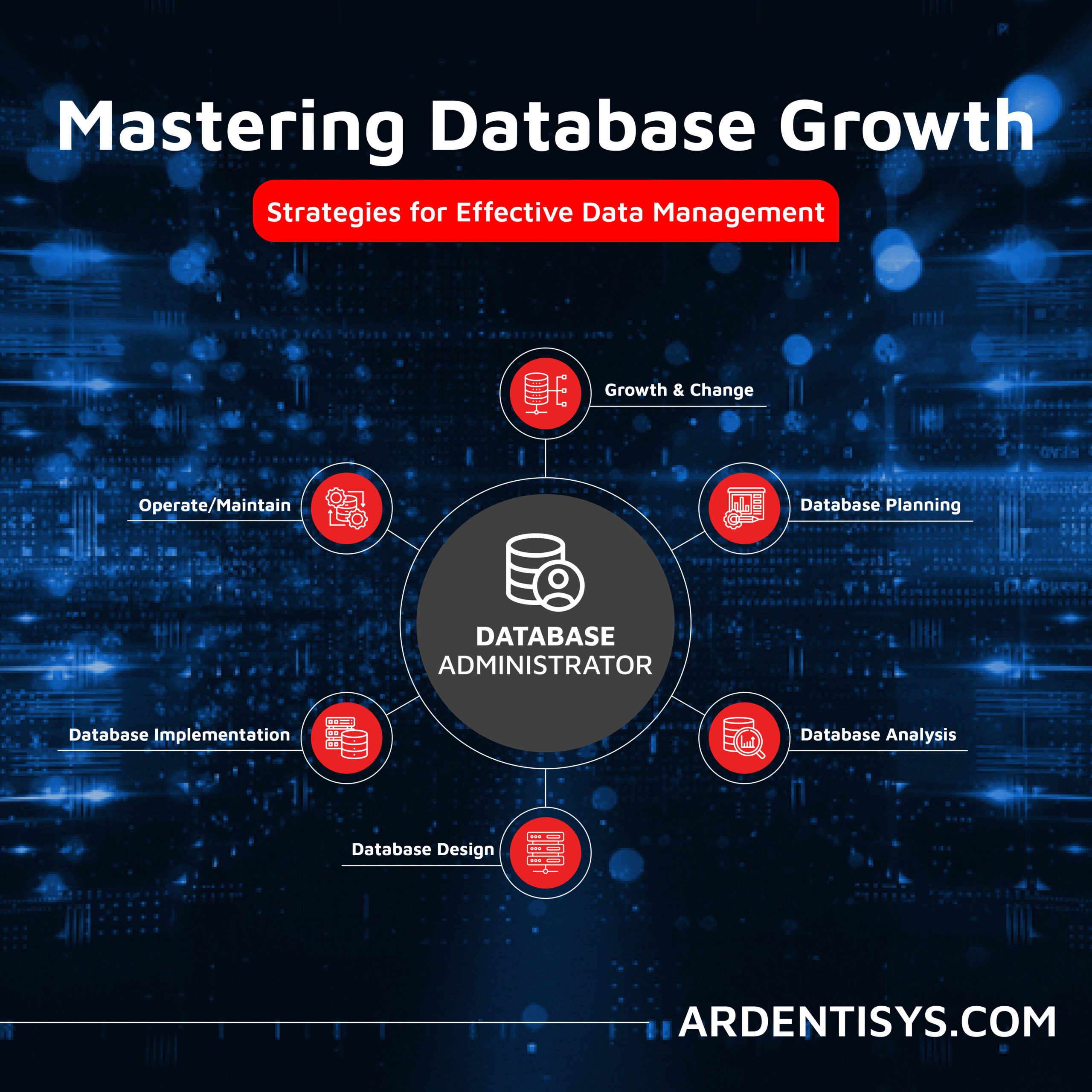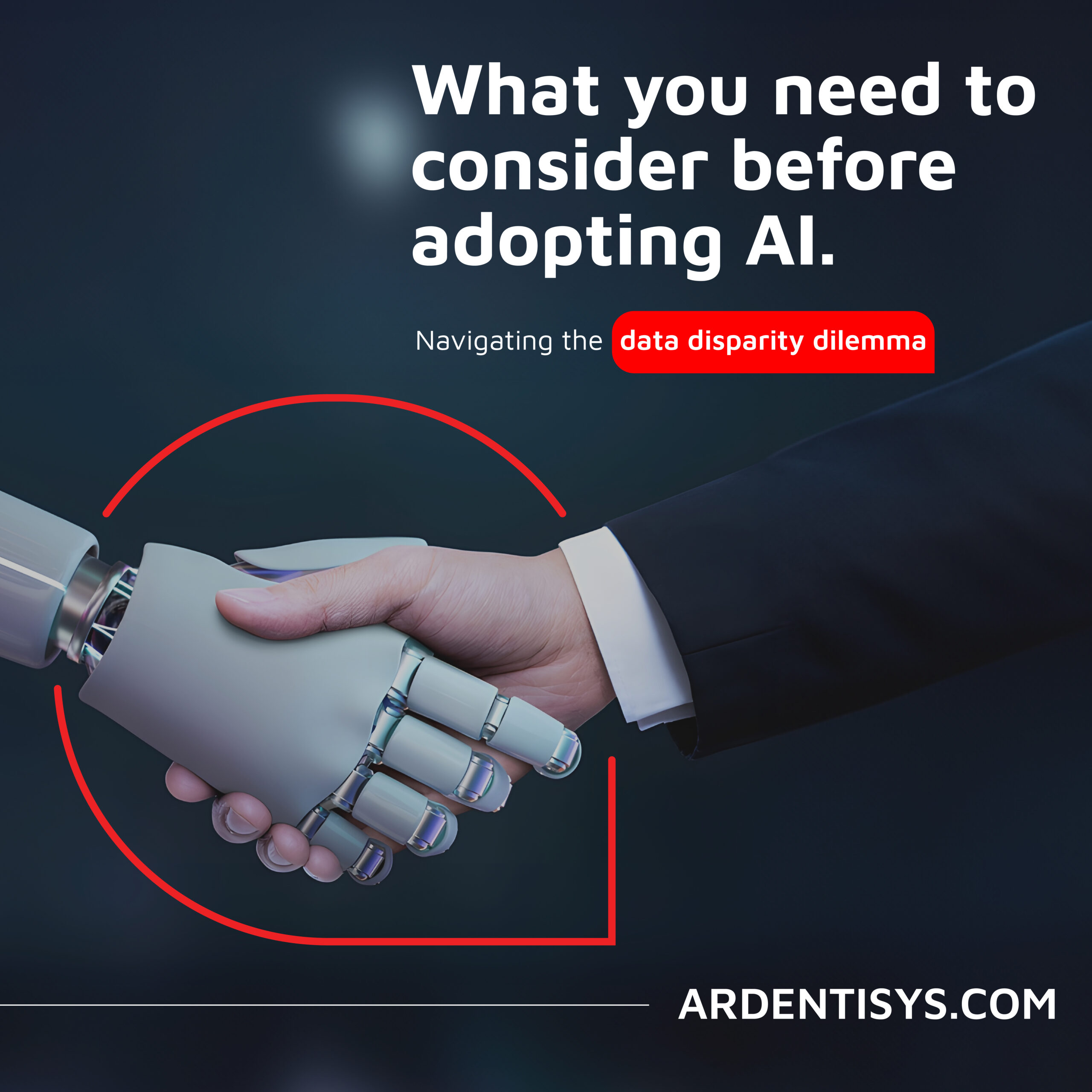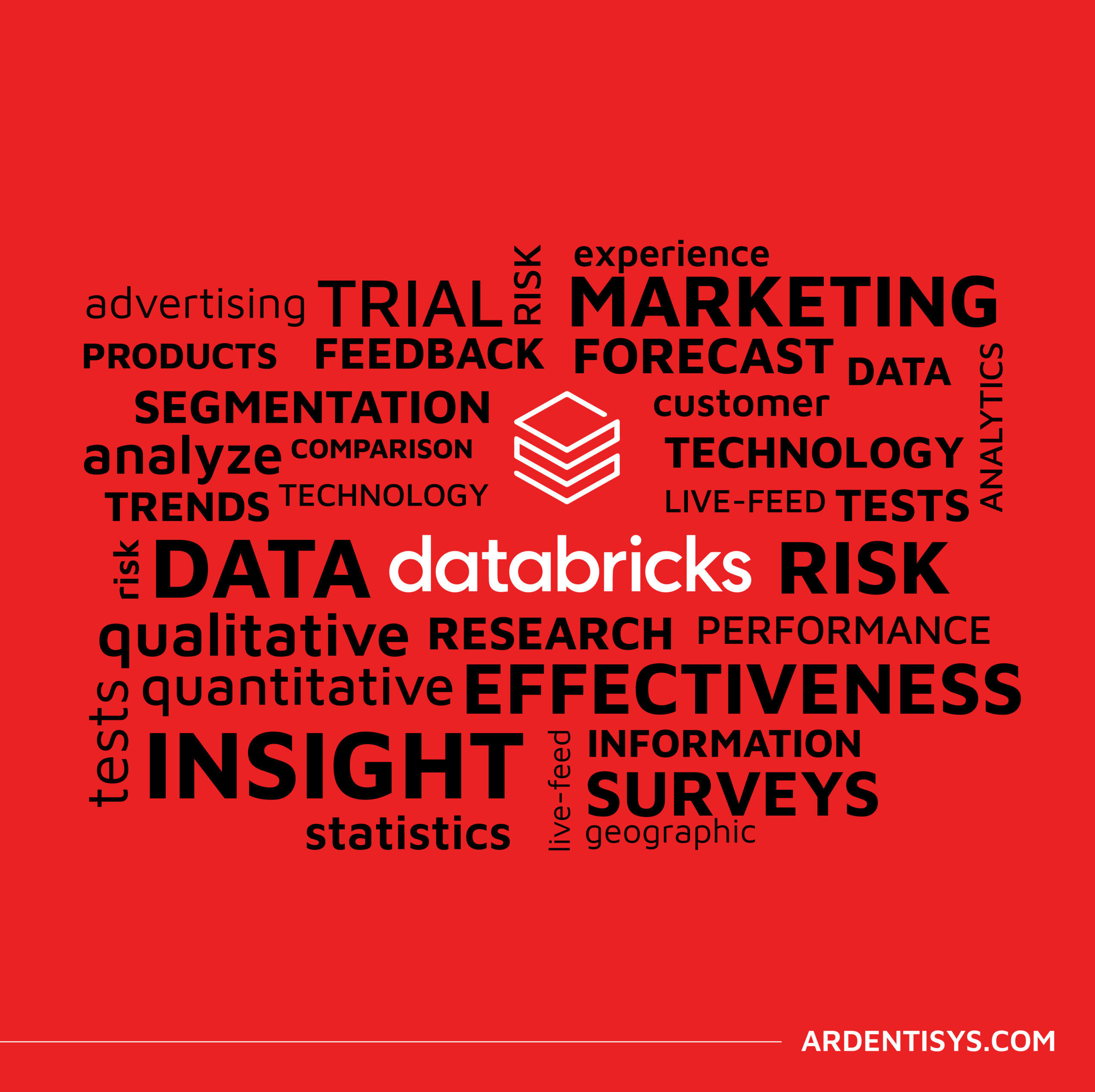Data warehouse architecture – what you need to know
13 October 2022 | Noor Khan

A data warehouse is a system used to strategically organise data for it to be used for data reporting and analysis purposes. Well-architected data warehouses can provide a wealth of benefits to organisations that deal with large volumes of varied data. Data warehouse adoption is the most popular data solution as highlighted by Trust Radius. Data pipelines will extract the data from multiple sources, and cleanse, validate and enrich the data before loading it into a data warehouse. The analytical and reporting journey of the data begins from the data warehouse.
If you are exploring your option about data warehouse architecture because you have a growing set of data that need to be stored in an organised, accessible way, here is what you need to know.
Types of data warehouses
There are two main types of data warehouses, traditional and cloud. A traditional data warehouse is located on-site. You will require servers, hardware and teams to manage your data warehouse on-site. This may work for some companies as it provides benefits such as improved data security. However, many businesses have moved to the cloud approach to data warehousing. Cloud data warehouses unmatched benefits to organisations, including cost-effectiveness, less time and resource to manage the data warehouse, scalability so your data warehouse can deal with growing volumes of data and more.
The core components of a data warehouse
A data warehouse will typically have a three-tier structure, below is the breakdown of each tier:
Bottom tier
The bottom tier of a data warehousing structure is the data repository which holds the data that has gone through the ETL process within a data pipeline. The data is extracted from the data source, transformed to ensure it is clean and free of duplications and loaded into the data repository of a data warehouse where it is stored within the mapped-out architecture. Below are some of the key technologies employed in this tier of the data warehouse:
- Apache Kafka
- AWS Redshift
- Databricks
- Snowflake
Middle tier
The middle tier of the data warehouse holds the OLAP (Online Analytical Processing) Servers which process the data at high speeds on large volumes of data within the data repository. A data warehouse can have more than one OLAP server and different types of server models. The models and the number of OLAP servers required will depend on the volume of data and the speeds it needs to be processed. There are three OLAP server models:
- ROLAP – Relational Online Analytical Processing
- MOLAP – Multidimensional Online Analytical Processing
- HOLAP – Hybrid Online Analytical Processing
This tier is essentially the mediator between the bottom tier and the top tier. Some of the technologies adopted in this tier are:
- AWS S3
- SQL Server
- Python
Top tier
The top tier of a data warehouse is the front-end layer used to present the data to data analysts, data science teams or the end client. The top tier is used for in-depth data analysis, query reporting and data mining and therefore the UI will be built with whatever the end purpose and goal is. This layer is the User Interface (UI) which needs to be user-friendly and brand cohesive, especially if it is to be used by end clients. There are a number of leading technologies which are used to build the toper tier level of a data warehouse and they include:
- Microsoft Power BI
- Pentaho
- Periscope
- Tableau
Read more on top data analytics and reporting tools.
Benefits of a data warehouse
A data warehouse that is architected well with your end business goals and objectives in mind can provide unmatched benefits and these include:
- Uncover powerful insights from your data to make well-informed business decisions
- Collect historical records of data
- Access data quickly and easily
- Increase the quality of data
- Accelerate ROI with business intelligence provided by a data warehouse
Outsourcing data warehousing development
If you do not have the right skills in-house to build a data warehouse it might be a cost and time-effective solution to outsource your data warehousing needs. Outsourcing can provide invaluable benefits from accessing world-leading technologies to highly skilled engineers to having peace of mind your data is being handled by a capable and reliable partner. There are many factors you should take into consideration before working with a data engineering company, here are some of them:
- Experience – ensure the company and the engineers working on your project have solid experience in working with data warehouses.
- Proven track record – How many data warehouses have they successfully delivered? Is there proof of that, whether that’s client testimonials or success stories on their website?
- Certifications – Good tech companies will invest in their people and services and have certifications in place, whether that is AWS Certified partnership or attaining accreditation such as Microsoft gold partner.
- Data Security – data security is a concern for every business. Keeping your data safe and secure is a priority, especially when working with third parties. What standard practices does the company follow? For example, are they ISO 270001 certified status?
- Technologies – Does the company have the skills in the technologies that you may want to adopt for your project? Or do they have the expertise to make recommendations if you are unsure which technologies are most suitable for your business?
Ardent data warehousing service
Ardent has worked with a wide variety of clients to build robust, secure and scalable data warehouses which are future-proof. If your organisation deals with large volumes of complex data that need to be organised and accessible we can help. Ardent data warehouse service ensures that you can gain powerful insights from a data warehouse that is built to meet your end requirements, goals and objectives.
Explore Ardent data engineering services.
Ardent Insights

Overcoming Data Administration Challenges, and Strategies for Effective Data Management
Businesses face significant challenges to continuously manage and optimise their databases, extract valuable information from them, and then to share and report the insights gained from ongoing analysis of the data. As data continues to grow exponentially, they must address key issues to unlock the full potential of their data asset across the whole business. [...]
Read More... from Data warehouse architecture – what you need to know

Are you considering AI adoption? We summarise our learnings, do’s and don’ts from our engagements with leading clients.
How Ardent can help you prepare your data for AI success Data is at the core of any business striving to adopt AI. It has become the lifeblood of enterprises, powering insights and innovations that drive better decision making and competitive advantages. As the amount of data generated proliferates across many sectors, the allure of [...]
Read More... from Data warehouse architecture – what you need to know

Why the Market Research sector is taking note of Databricks Data Lakehouse.
Overcoming Market Research Challenges For Market Research agencies, Organisations and Brands exploring insights across markets and customers, the traditional research model of bidding for a blend of large-scale qualitative and quantitative data collection processes is losing appeal to a more value-driven, granular, real-time targeted approach to understanding consumer behaviour, more regular insights engagement and more [...]
Read More... from Data warehouse architecture – what you need to know






